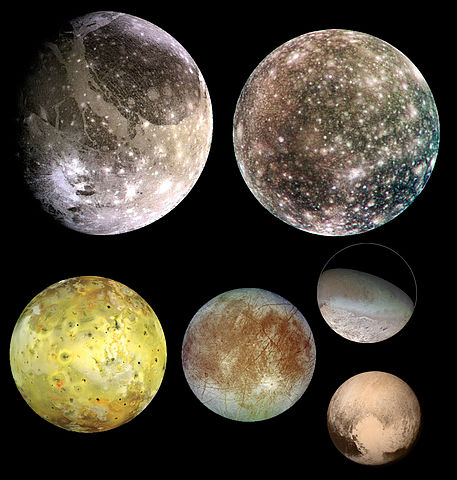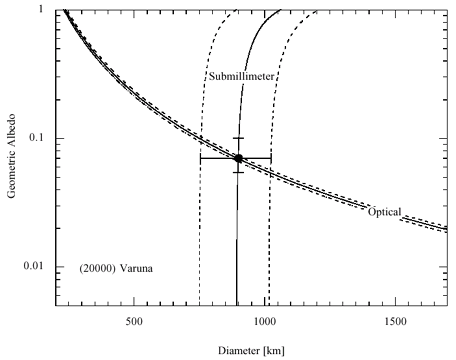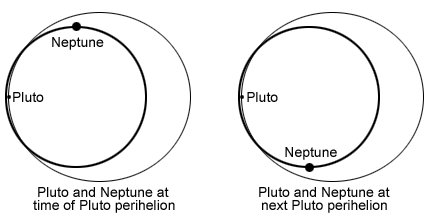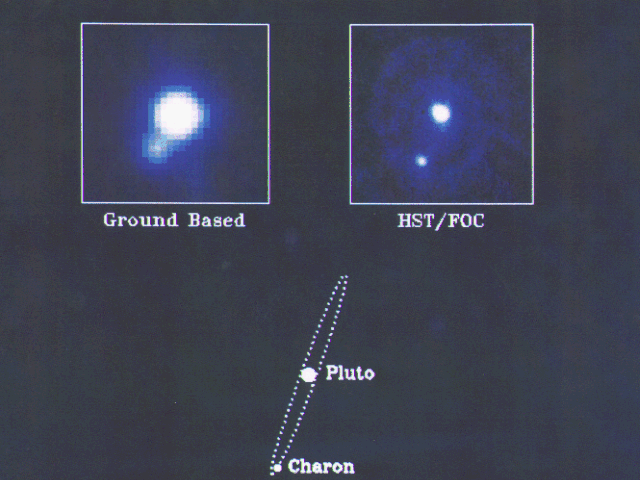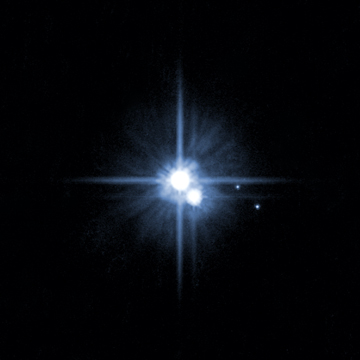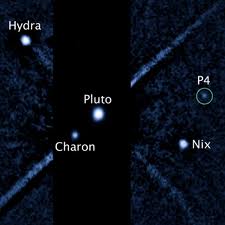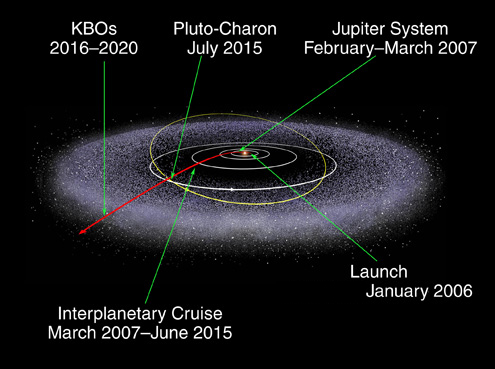Recently, increasing numbers of asteroid-like objects have been discovered in the outskirts of the solar system, beyond the orbit of Neptune. This region is known as the Kuiper Belt. These objects are classed in a separate category from asteroids, and are simply called Kuiper Belt Objects (KBOs). So we should restrict the term asteroid to be rocky bodies with orbits having semi-major axes between Mars and Jupiter, the so-called Asteroid Belt, or perhaps some other objects that have a dynamical relationship to these--i.e. they may have once been part of the asteroid belt but have been ejected into a different orbit.
Note that there is a huge gap (from inside Jupiter's orbit to outside Neptune's orbit) where there are few if any objects between the Asteroid Belt and the Kuiper Belt. So these two distributions are well separated, and the composition of the bodies is also very different. Here is the distribution of KBOs and comets in the outer solar system. Note that this plot is for TODAY! The orbits are tracked daily, and can be animated. This is to be compared with the distribution of main-belt asteroids. Again, an animated version is available.
We will talk about asteroids in the next lecture, but note that the scheme of asteroid designations: (numbered in order of discovery, followed by name): e.g. 1 Ceres, 951 Gaspra, is shared by the Kuiper Belt Objects, e.g. 2060 Chiron, 7066 Nessus. Both asteroids and KBOs can be referred to under the common name Minor Planet, with the larger ones (large enough to be spherical) termed Dwarf Planet.
Here is an artist's conception of the largest known KBOs, showing their relative sizes and known moons. Note that Pluto, once considered a planet, is now known to be one of the KBOs, and is officially designated a dwarf planet. Some people, Americans in particular, are upset about the "demotion."
Below is a figure showing the relative sizes of some of the objects of the solar system, including Pluto at the lower right:
